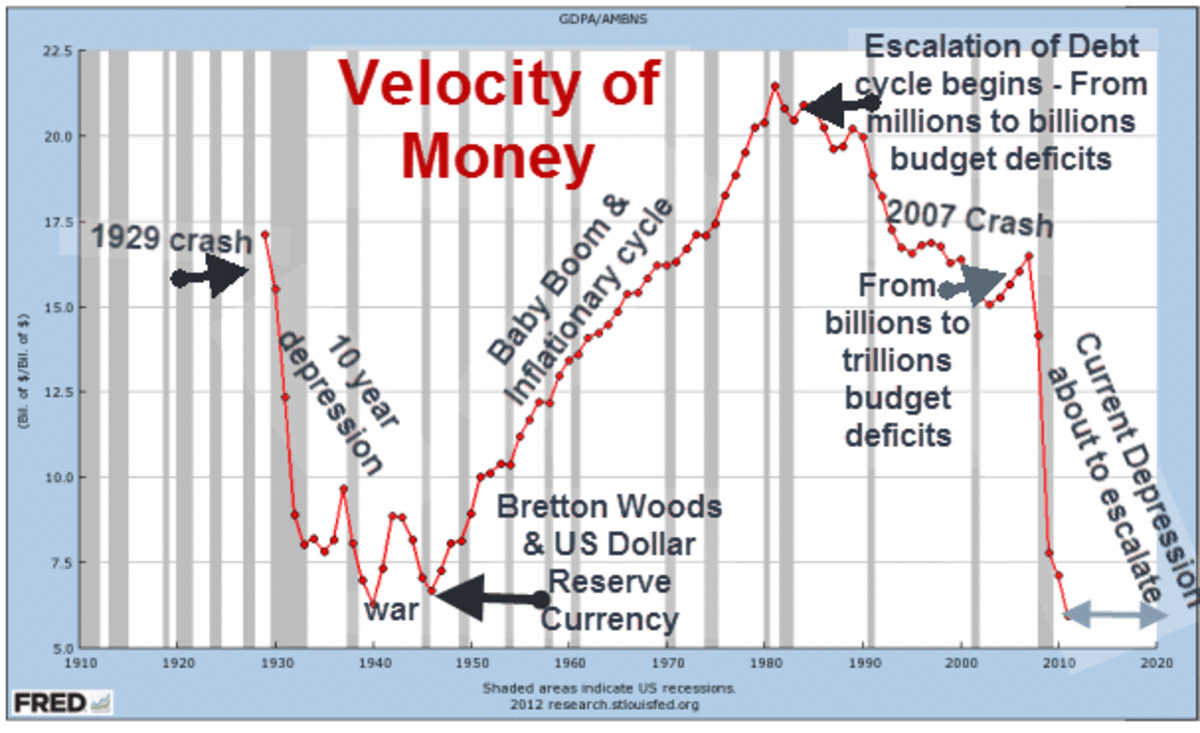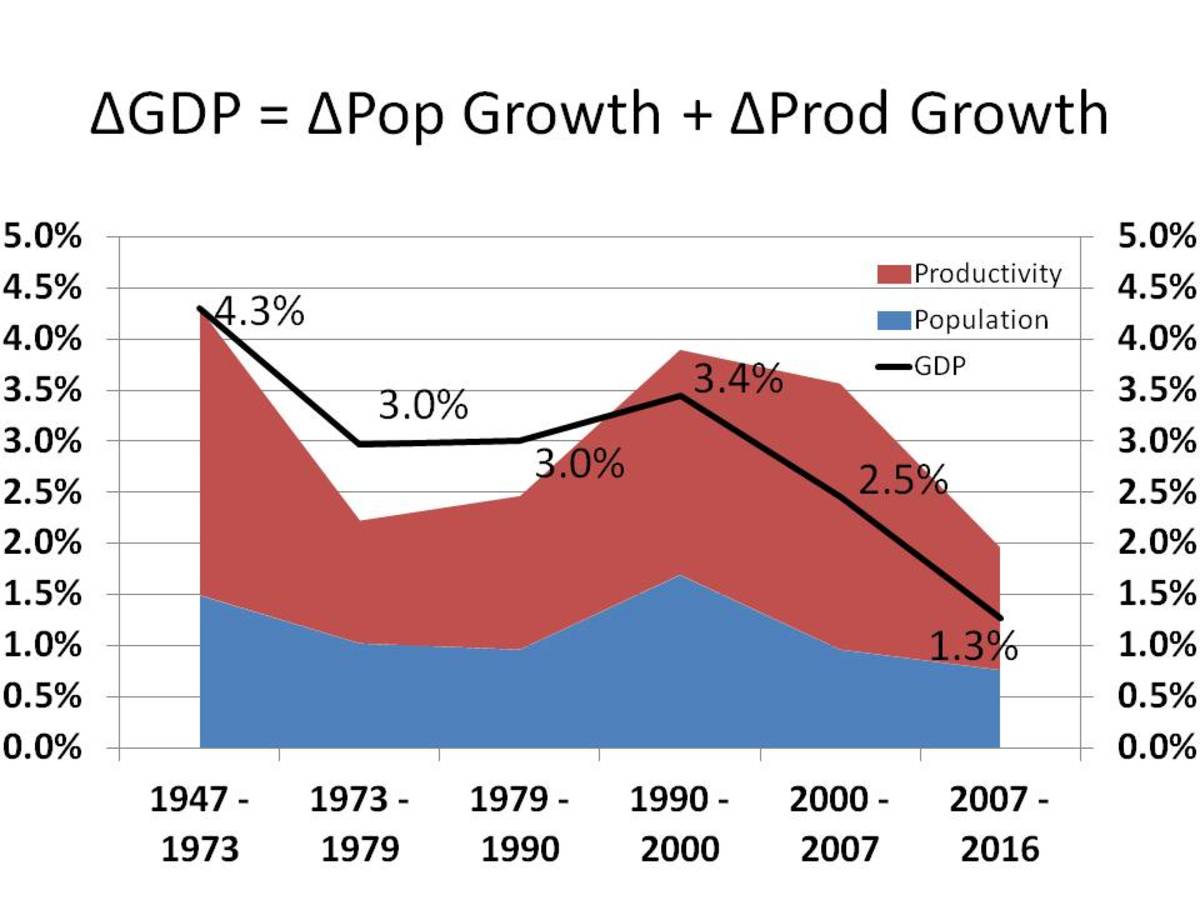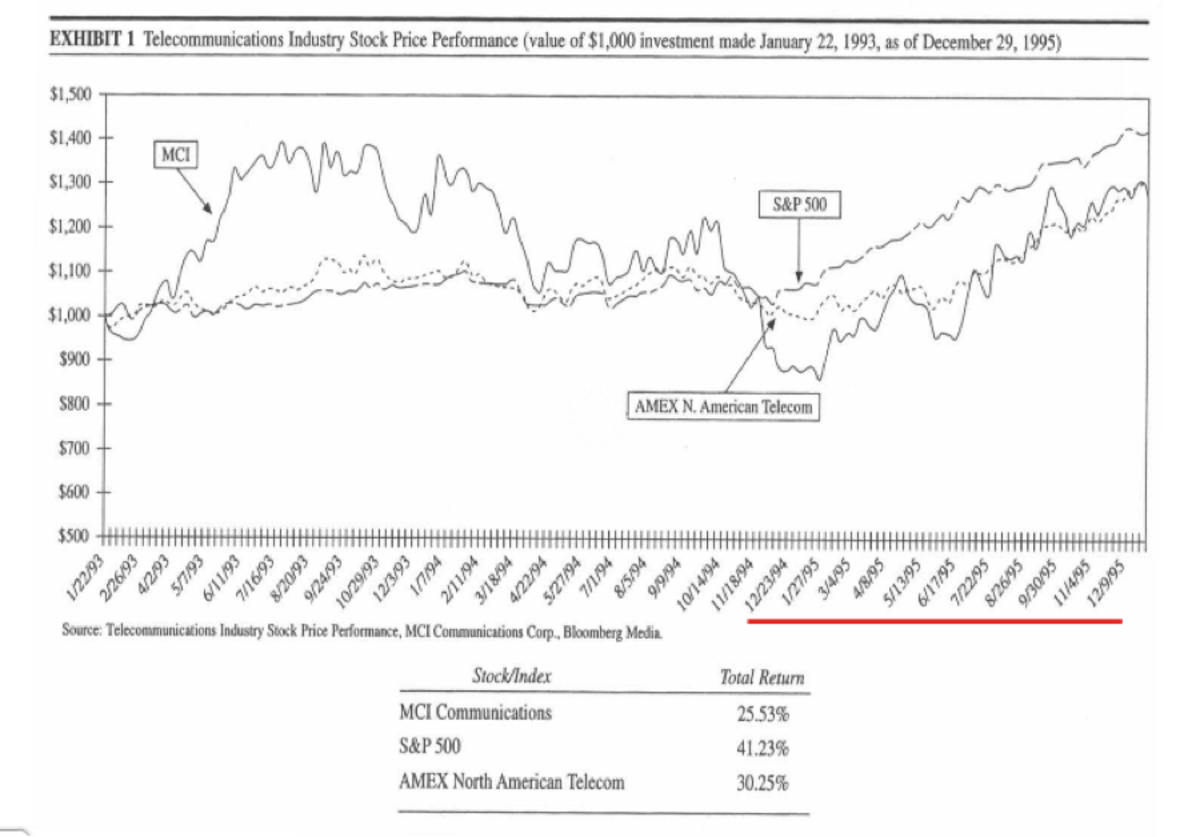Evaluation of Financial Policy
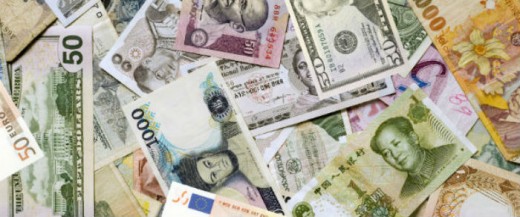
Introduction
The Global Financial Crisis of 2007-08 is something that everyone is well aware of. The year was a hard blow to an era of 30 years of prevailing attitude to the neo-liberal economy. It was the nightmare that lasted for 12 months that none from the financial community had ever experienced.
When years of boasting about light-touch regulation and its benefits were failed, western leaders were compelled to go under trillions of dollars to thwart the collapse of world-bank system. Even in the decades to come the crashing sound of Banking Collapse will be heard, though some preventive measures are being taken around the world economy to recover from the pressures.
A Call for Evaluation of Financial Policy around the Word:
In the context of financial policy in the post Global Financial Crisis era, an evaluation of the financial policy existent in the world economic community is imperative to find ways of resurrecting the world economy.
Purpose of the Evaluation:
The purpose of the evaluation of the financial policy undertaken after the crisis is to find whether a methodical, accurate, and detailed application of scientific methods has been executed to review the parameter, administration, and omission of the financial systems of markets and institutions.
By evaluating the policies existent in the universal financial sectors and the changes and modifications pertaining in the aftermath of the financial crisis that threatened the disintegration of banks, stock markets worldwide, a comparative insight can be developed regarding how far the financial solidity, market competence based on strong client benefit and consumer protection have been successfully implemented.
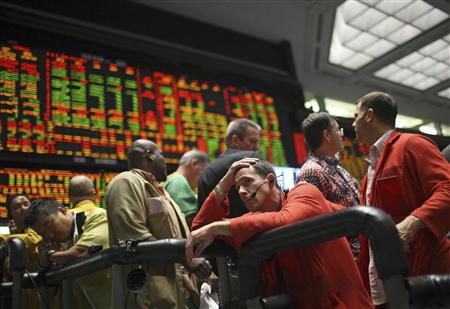
A Look Back at the Time of Crisis:
The root of the global financial crisis of 2007–2008 was in the US housing market and the spur was stimulated by a mix of small interest rates, an inclination towards foreign mortgages that generally requires low payments and finally the expectation of the continuous growth in home prices.
From November 2001 to February 2005 The Federal Reserve’s decision of keeping the Federal funds rate below 2.5 percent created a borrowing spree among consumers, businesses, speculators and homeowners.
In the US a lack of consistent principles in regulatory system created a space where big financial institutions can play regulators off each other to get regulations what they found most accommodative.
Imperfect information and adverse selection operating in the mortgage securities market led market players to underestimate the risks of default among subprime borrowers.
On the other hand a war for market share directed mortgage lenders to offer added foreign mortgages to less creditworthy customers that needed lesser repayments per month. Ironically, instead of providing resourceful conclusion this competitive force let loose by the market was turned against the market and led to destruction.
The overconfidence and calamity shortsightedness in financial markets obligated bankers to put extra faith in VaR models and they neglected the greater and appropriate support they could get from the macroeconomic situation. These models’ being prognostic, the delusion constancy that the "Great Moderation" provided, allowed banks to fall prey to increased leverage for making further profits. This was the reason that they became more susceptible leading to a collapse in asset prices.
Policy Evaluation as a Means to Recover:
After the crisis went by, almost every conference and each observer had the same opinion that now it will be the best time to put sustainable policies of financial system under spotlight. Three interconnected issues were raised that need attention as measures to recover from the crisis.
- Improvement of the incentive systems that acted as the stimulator of the crisis.
- Synchronize the regulatory authority on the assets cost.
- A departure from ownership of government banks and pledge to insurance through the methods of asset sales and debt supervision.
Measures taken Worldwide:
To successfully stabilize the existing consumer prices and to reduce deflation possibilities in future as well, the European Central Bank adopted the framework which includes the analysis of money, credit and asset prices. This model of a monetary policy strategy allows price stability and also a ground where disparities in both domestic and global markets, as a signal to macroeconomic and financial discrepancies, can be identified.
One of the measures taken in post-crisis years by the UK authorities is the reduction of international interest rates which caused a little repose from the monetary pressures. By giving up three-month interbank lending UK is successful in declining the gap between market rates and lessening the policy rates.
On the contrary, in the developing countries the damage is more severe as the scope is smaller for policy strategies. In 2009 the estimated GDP growth rate in developing countries was a fall to 1.2 percent.
During the East Asian financial crisis in 1998 the government of China implemented a financial stimulus package in 1998-2002 to eliminate infrastructure blockage. For this China was able to uphold its standard annual growth rate at 7.8 percent and government debt drastically had dropped to 20% of GDP by 2006-2007.
This lesson from China taught the policy makers that with high return for making higher growth enough profits can be created that will itself back the costs of the financial stimulus.

Scope for Evaluation:
Certain evaluations of policies need to be adapted to avoid future financial crises. Some of the areas for improvement include: payment schemes in the financial industry need to emphasis more on continuing performance and outcome assessment; extreme leverage and asset value need to be administered more efficiently; all financial transactions need to be registered comprehensively; the function and omission of rating agencies must be re-examined; and rules for capital requirements must be enhanced by dropping pro-cyclicality to even out business cycle instabilities.
Final Words:
Among the modifications that took place in international banking after the global financial crisis two developments are obvious. Firstly, straight lending across border has reduced as a split of total banking assets, due to the reduction of expenditure of European banks. Secondly, the local lending shares by foreign bank associated have stayed stable. On a positive note global banks in particular have started refocusing on their activities regarding some chief markets, also allowing room for other banks to swell in the process. Consequently, intraregional financial associations have been boosted up, particularly in Asia.
In fact, it would not be wrong to declare that the battle against financial depression is over and triumphed. According to the IMF, for the first time in 2015 every advancement in economy will inflate since 2007. For the first time since 2010 the economic growth is expected to surpass 2% and perhaps America’s central bank is to lift up its lowest possible interest rates.
Though, the global economy is still not bereft of all risks – the Greek debt saga, China’s shaky markets are still on wet mud. The verdict from Sod’s law confirms that in the long run policymakers will again face one more recession. What is alarming is that, they have spent all their armory, and after that governments and central banks would not be able to fight again the ensuing recession. Ironically, to diminish that risk a readiness to maintain policy looser today is necessary for longer.

![American Economy: Why Fannie Mae and Freddie Mac Are Not Responsible for the Economic Financial Crisis. [46] American Economy: Why Fannie Mae and Freddie Mac Are Not Responsible for the Economic Financial Crisis. [46]](https://images.saymedia-content.com/.image/t_share/MjAyODY3MTQ0OTYxNTAwMjI4/fannie-mae-and-freddie-mac-is-not-responsible.jpg)

